What are the Digraphs in English (And How To teach Them)
In English it is very difficult to get definitive answers about anything. From how many sounds to how to say different words there is always a point of view. It is the same with Digraphs, ask one teacher and they will say 4 ( and be wrong) ask another and they will say 7 and ask me and i will say 9.
As we have mentioned before English is an adaptable language, it adapts and changes with time, new words are added weekly, and old ones drift into obseurity. Now words may drift out of use, but sounds tend to stick around.
An English digraph consists of a pair of letters that placed together make a single sound or phoneme. In English there are both vowel and consonant digraphs. Examples include /sh/ /ch/ /th/ /ai/ /ee/ /ie/. Vowel digraphs can also be split with a consonant. We often call these split digraphs Magic or Silent E.
So How Many Digraphs Are There In English?
| English Vowel Digraphs Including split digraph examples | English Consonant Digraph Examples | ||
| ai | ue | sh | ch |
| ea | ui | wh | gh |
| ee | oo | ph | gn |
| ie | a-e | th | |
| oa | i-e | kn | |
| oe | u-e | wh | |
Different types of Digraph
There are two types of digraph. They are called heterogenous, and homogenous. Heterogeneous are the most common and they consist of two different letters. /sh/, /th/ and /ch/ are examples of these. Homogenous are name of two letters the same, like it /ff/, /ss/ or /ll/. As a rule of thumb homogenous digraphs tend to say the the sound of the letters, and heterogenous create a new sound.
Differences Between Digraphs and Diphthongs
The main difference between digraphs and diphthongs are that digraphs are pairs of letters and diphthongs are sounds. Basically these words have their roots in greek. and spitting them explains their meaning.
”Di” means two in greek, and graph means writing. so digraph means two writings, or in this case two letters like in /sh/ or /ee/
In Diphthong the phthong part of the word ( morpheme) means sound. Therefore Diphthong means two sounds. Like in /oi/
Who knew when you signed up to learn or teach English that you would be getting lessons in Greek as well!! So an easy way to remember is to think of a digraph is made of two letters, and a diphthong is made of two sounds.
These sounds are commonly vowels, that in most use cases require the mouth to be in one position, however diphthongs require a transition form one vowel sound to another. I am going to leave it to you to work out what a trigraph and a triphthong is.
Difference between Consonant Blends and Digraphs
We we have explained what a digraph is above, two letters coming together to make a distinct sound, so how are blends different.
Well where digraphs come together to make one sound, blends come together but you can still hear each distinct sound. You can try this with the /l/ blends. Try saying black, blight, blanch. you can hear both the /b/ sound and the /l/ sound. However in blanch for example, the /ch/ at the end makes its own sound, very different to both the /c/ and /h/ sound its made from.
Can Digraphs Be In The Middle Of Words
Both consonant and vowel digraphs can in any position in a word. However it is more likely that consonant digraphs will appear in any position. Vowel digraphs more commonly appear in the middle or medial position in a word. This rule is not absolute however and exceptions include words like ”aim” These vowels can be taught using our vowels pack, and blends pack and songs like this from Between the Lions.
Are Digraphs Consonants or Vowels
It is possible to have digraphs in both consonant and vowel form. We often introduce consonant digraphs to students first followed by vowel digraphs. The concept of vowel digraphs and long vowel spelling like /ai/, or /oa/ can be hard to understand for beginners of English.

What Are Split Digraphs?
It is possible to have a split vowel digraph, though we often call it by a different name. Vowel digraphs like /oe/ or /ue/ can have a consonant in the middle of them and still say their sound. for example note, and cute. We often call these magic or silent E words.
Magic E is a lot of fun to teach and is a real step forward in helping students start to the learn more complex forms of English Phonics. We have resources for free here and also a lot more in our Long and short vowel Workbooks.
How to Teach Digraphs
Digraphs are a progression from single sounds and CVC words to a more advanced level of phonics where students will learn how letter can come together to make different sounds, or how they come together to provide an alternative spelling of sounds they already know.
Below you will find some tips on how to teach these, and in the section after you will find some of our resources you can download as well.
- Introduce digraphs naturally with words they are already familiar with, like school, chair or shop.
- Try to use readers like these on Amazon to practice in class. There are selections on book depository as well.
- Use many different methods so you can cater for learner diversity and multiple intelligences. we actually have 5 activity in one worksheets aimed at exactly this.
- Consolidate with games in class or at home. We have some for download bit there are also phonics games on Amazon that i use in class as well.
- There are plenty of songs, both good and bad on YouTube covering phonics and digraphs.
Teaching Resources for Digraphs.
We have a lot (seriously a lot) of resources to teach phonics and digraphs on this site. Below we will list some examples of our more popular resources both for free and from our in house shop. Hope they are useful!
Digraph Bundles
We have many of these in our shop. There is a specific digraph and blends version which has over 60 pages of worksheets and activities. We also have the complete phonics bundle which has this workbook and 6 others that cover everything from CVC to Syllables.
Digraph Worksheets
We have a huge selection of worksheets for you to download that are both premium and free. The links below take you to our free resources and these are used in classrooms all over the world.
Digraph Games
A great way to consolidate phonics learning is with games and activities in class. We have our selection of games with lesson ideas below. these are all free to download and use so enjoy!!!
Digraph Apps and Online Games
We have some of these on the site and a link to our favorite from another site as well. Using games in the classroom is essential to create a multi pronged approach to teaching digraphs and phonics as a whole. We also have a whole post devoted to some of the best online games to teach digraphs on the site as well
Final Thoughts
Digraphs are just one, albeit and important part of teaching phonics. Although the exact number of digraphs is difficult to pin down, they play an important part in language. Trying to teach these concepts in a fun and engaging way will help students to practice and learn.
As we have mentioned it is advisable to teach the consonant digraphs first as vowels can be a little tricky for beginners, however the concept is the same and once they have mastered consonant digraphs then moving on to vowel digraphs will be much more straightforward.


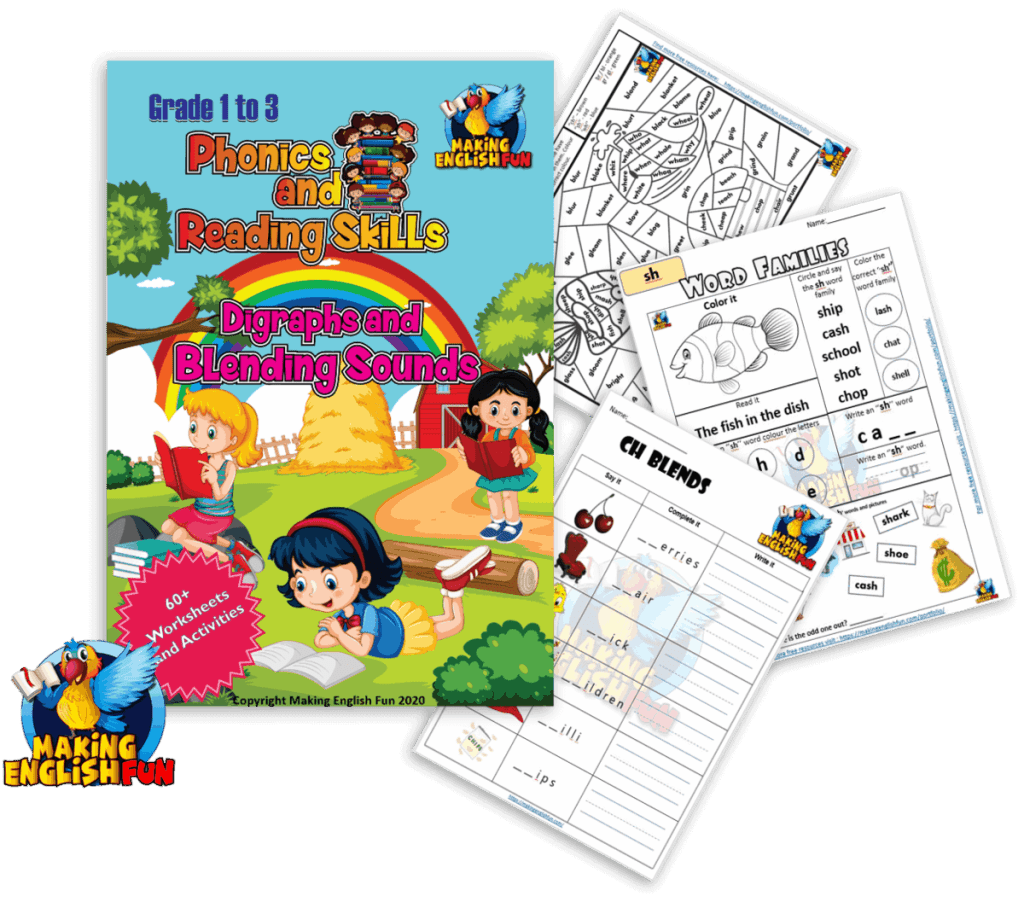





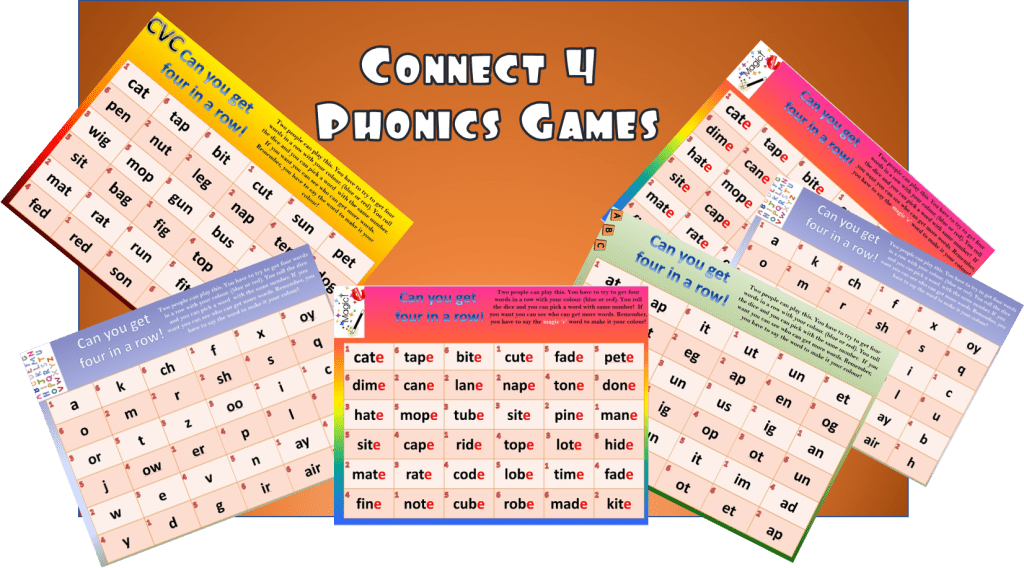



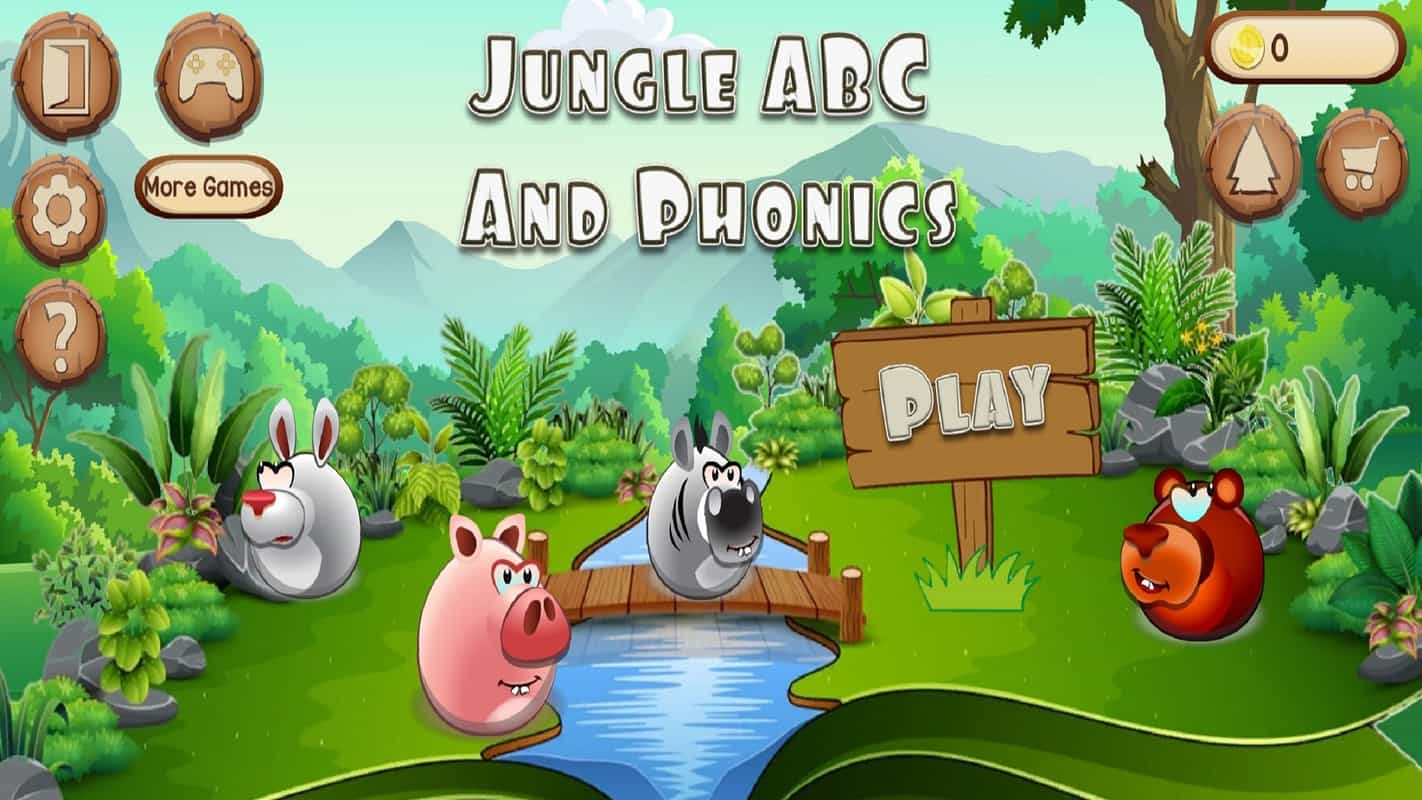

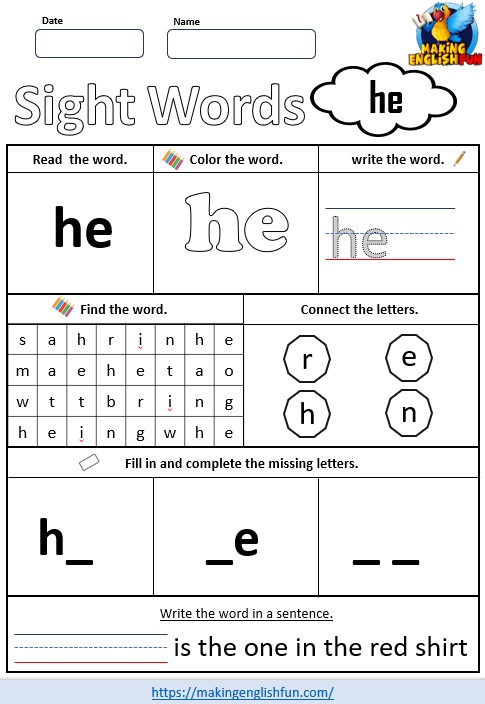
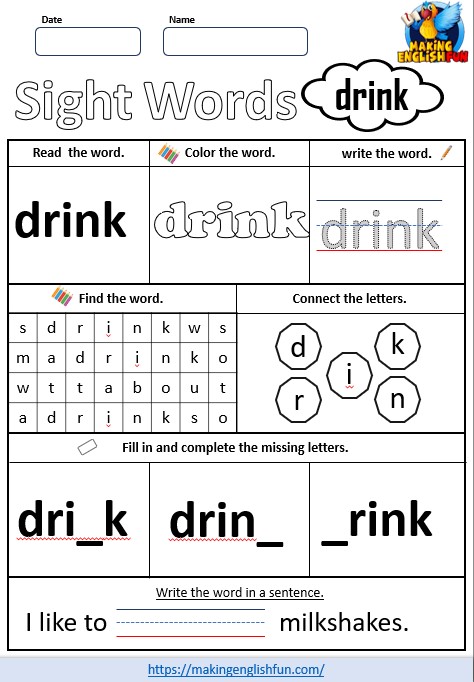

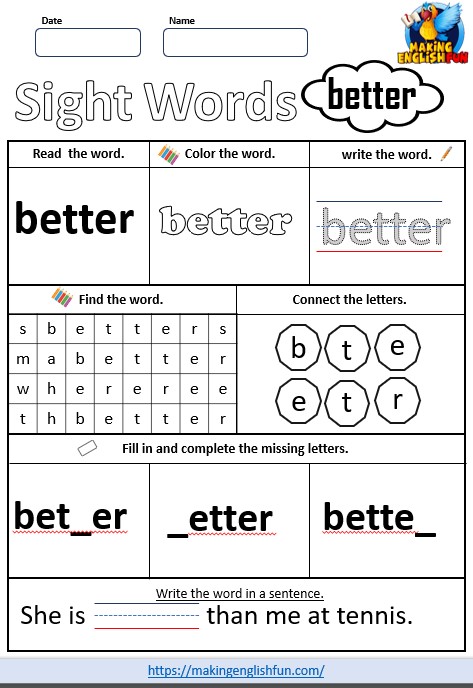
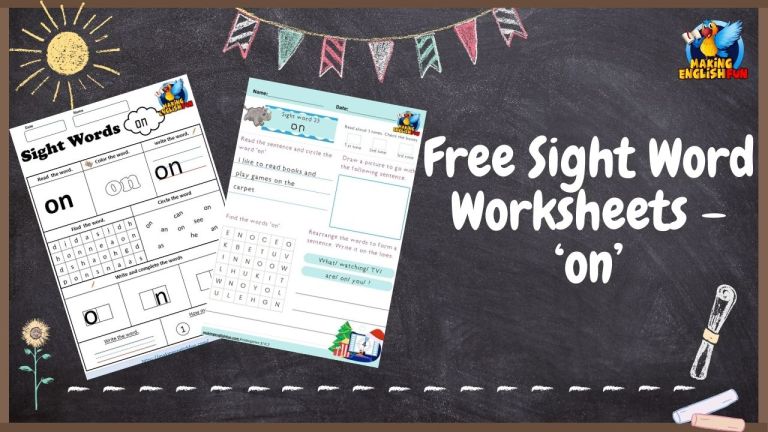

3 Comments